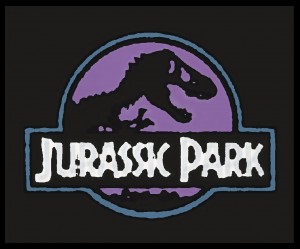by Richard William Nelson | Jan 23, 2014

Charles Darwin‘s first reference to a “gene” appears in the 4th Edition of The Origin of Species in 1866. Since then, the gene has emerged as the essential molecular mechanism driving Darwin’s theory.
This intersection of natural selection with Gregor Mendel‘s theory of genetic inheritance was later known as the Modern Evolutionary Synthesis, also referred to as The Modern Synthesis, primarily based on Julian Huxley’s 1942 book, Evolution: The Modern Synthesis.
A gene mutation-driven evolution theory gained increasing popularity. However, by the 1960s, the model began encountering challenges as it was being applied using emerging genomic technologies.
Continue Reading
by Richard William Nelson | Jan 9, 2014
 Pristine preservation of DNA is of critical importance in the study of ancient DNA. The structural integrity of the DNA molecule, contrary to the Jurassic Park tale, is not infinitely stable.
Pristine preservation of DNA is of critical importance in the study of ancient DNA. The structural integrity of the DNA molecule, contrary to the Jurassic Park tale, is not infinitely stable.
Damage to the DNA molecule in living organisms occurs naturally from normal metabolic and hydrolytic processes and from environmental factors such as ultraviolet light and radiation.
Damage to DNA in mammalian cells is known to occur 1 million times daily. While living organisms can identify and correct these damages, the evolutionary industry has been reticent to address the stability of ancient DNA in the fossil record.
Continue Reading



